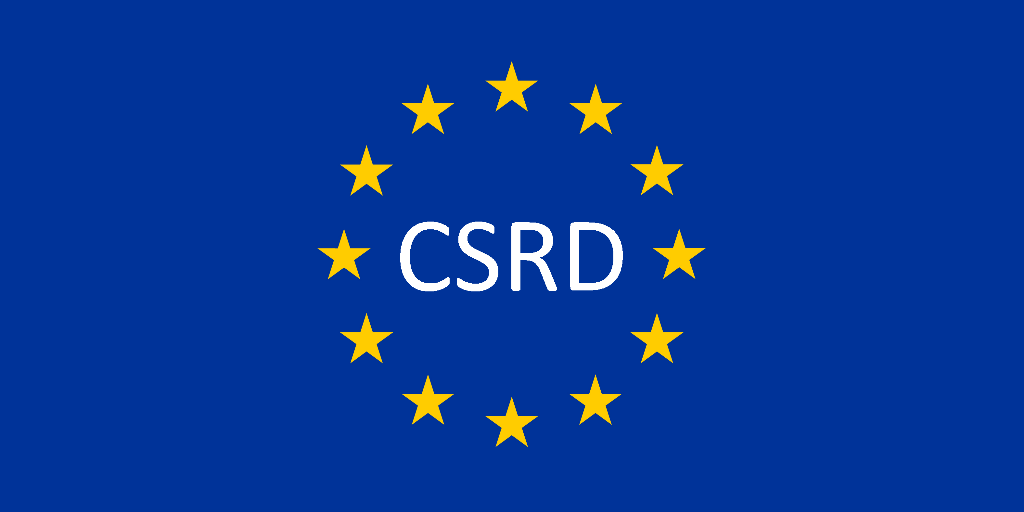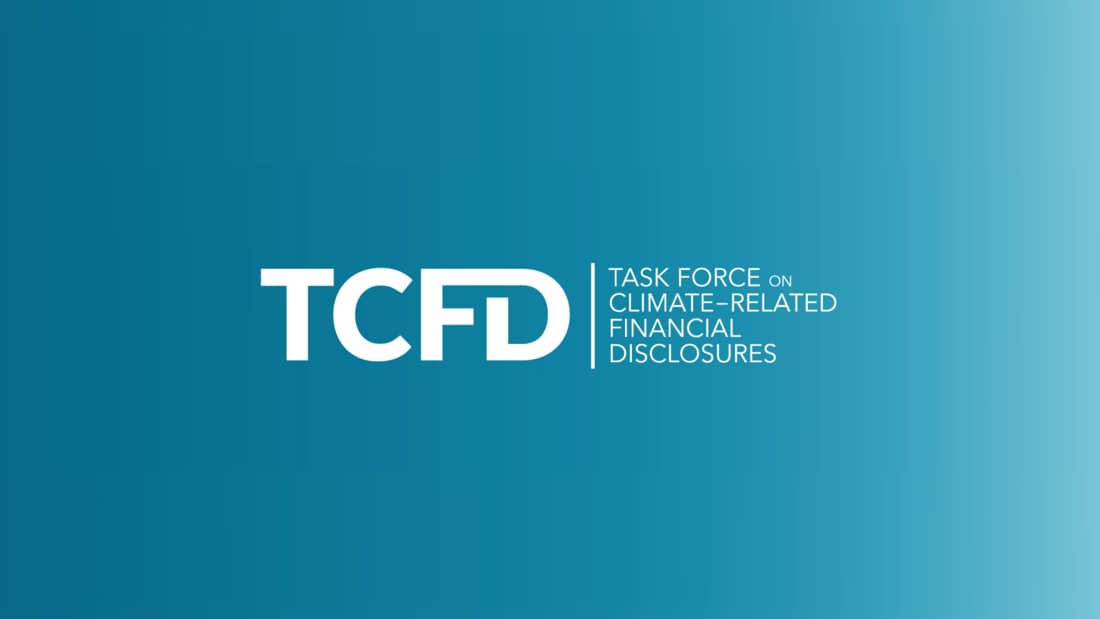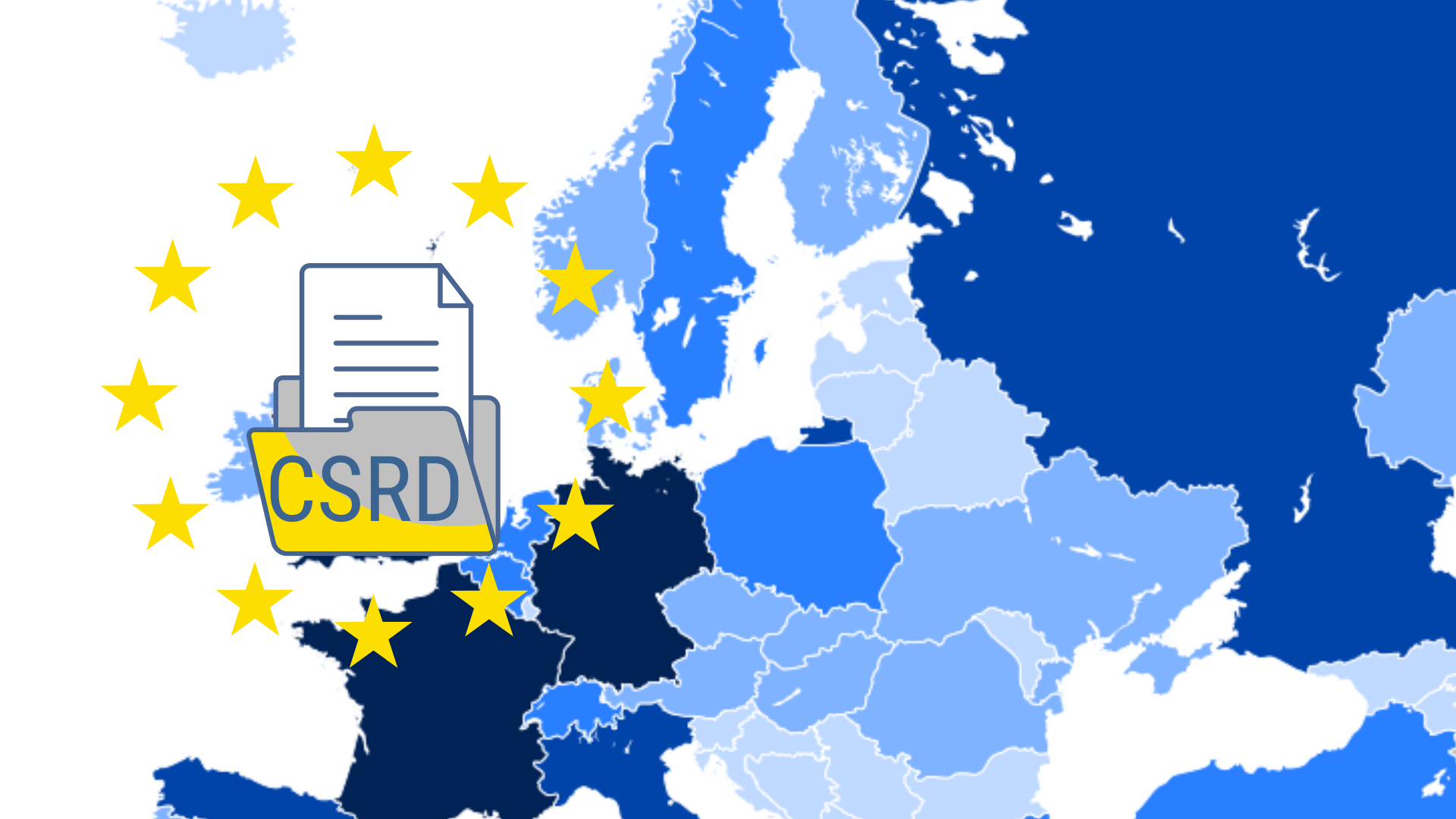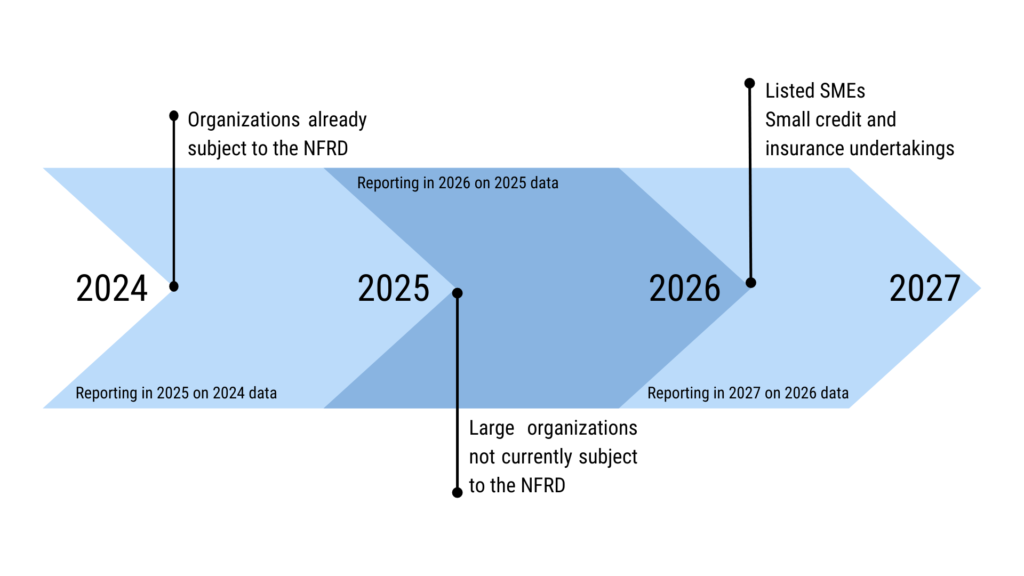Csrd Regulation : What it is
CSRD Regulation: What It Is and How It Affects Businesses Introduction: The Corporate Sustainability Reporting Directive (CSRD) is a significant regulatory development that aims to enhance transparency and sustainability reporting practices among European Union (EU) businesses. This new legislation will have far-reaching implications for companies operating within the EU, impacting their reporting requirements, sustainability performance, and stakeholder engagement efforts. In this article, we will delve into the key aspects of the CSRD regulation and explore its implications for businesses. 1. Understanding the CSRD Regulation: a. Definition and Scope: The CSRD is an amendment to the existing Non-Financial Reporting Directive (NFRD) and expands the scope of sustainability reporting for companies within the EU. It applies to large public-interest entities with more than 250 employees, including listed companies, banks, insurance companies, and other entities deemed as being of public importance. b. Reporting Obligations: Under the CSRD, companies will be required to provide more detailed and standardized information on their environmental, social, and governance (ESG) performance, including climate-related risks, human rights impacts, diversity policies, and more. This will enable investors, consumers, and other stakeholders to make informed decisions and hold companies accountable for their sustainability practices. c. Harmonized Reporting Standards: The CSRD aims to establish a single set of European sustainability reporting standards to reduce fragmentation and improve comparability of ESG information. This will make it easier for stakeholders to assess the sustainability performance of companies and facilitate international benchmarking. d. Assurance of Sustainability Information: To enhance the reliability and credibility of sustainability reporting, the CSRD introduces mandatory external assurance for certain statements within the report. This will provide greater confidence to stakeholders and encourage companies to ensure the accuracy and completeness of their disclosure. 2. Implications for Businesses: a. Enhanced Transparency: The CSRD will drive greater transparency by requiring companies to disclose more comprehensive and standardized sustainability information. This increased transparency will enable stakeholders to make informed decisions, foster trust, and encourage sustainable practices across sectors. b. Stakeholder Engagement: With the expanded scope of reporting, companies will need to engage with a wider range of stakeholders. This includes investors, customers, employees, local communities, and civil society organizations. Effective stakeholder engagement will be crucial for understanding their expectations and concerns, and for gaining valuable insights to inform sustainability strategies. c. Integrated Reporting: The CSRD promotes integrated reporting, which encourages companies to provide a holistic view of their performance by linking financial and non-financial information. This will enable a better assessment of a company's long-term value creation and its ability to address sustainability challenges. 3. Key Steps for CSRD Compliance: a. Internal Assessment: Businesses should start by conducting an internal assessment of their current sustainability reporting practices and identify gaps in meeting the requirements of the CSRD. This will help create a roadmap for compliance and prioritize necessary changes. b. Data Collection and Management: Gathering reliable and relevant data is essential for CSRD compliance. Businesses should establish robust data collection and management systems to ensure accurate reporting of sustainability metrics. Automation and digital solutions can streamline this process. c. Collaborate with Stakeholders: Engaging with key stakeholders, including investors, customers, and employees, will facilitate a comprehensive and meaningful assessment of a company's environmental and social impacts. Collaborative efforts will enhance credibility and align the corporate strategy with stakeholder expectations. FAQs (Frequently Asked Questions): Q1. What are the penalties for non-compliance with the CSRD? A1. The CSRD introduces penalties for non-compliance, which may include fines and reputational damage. The severity of the penalties will depend on the degree of non-compliance and the national enforcement mechanisms of each EU member state. Q2. How will the CSRD harmonize reporting across EU member states? A2. The CSRD mandates the European Financial Reporting Advisory Group (EFRAG) and the European Securities and Markets Authority (ESMA) to develop European sustainability reporting standards. These standards will ensure consistent reporting practices across EU member states. Q3. How can companies leverage the CSRD to gain a competitive advantage? A3. By embracing the CSRD and going beyond compliance, companies can differentiate themselves by demonstrating strong sustainability performance. This can attract responsible investors, enhance brand reputation, and contribute to long-term value creation. In conclusion, the CSRD regulation represents a significant step towards harmonizing sustainability reporting practices within the EU. Businesses will need to adapt and enhance their reporting processes to comply with the new requirements. By embracing the CSRD and adopting a proactive approach to sustainability, companies can not only meet regulatory obligations but also strengthen their reputation, engage stakeholders, and drive long-term value creation. Investing in sustainability now will pave the way for a more sustainable and resilient future for businesses and society as a whole.  Image Source : intire.nl
Image Source : intire.nl  Image Source : intire.nl
Image Source : intire.nl  Image Source : intire.nl
Image Source : intire.nl  Image Source : www.circularise.com
Image Source : www.circularise.com  Image Source : ecochain.com
Image Source : ecochain.com  Image Source : ecochain.com
Image Source : ecochain.com  Image Source : intire.nl
Image Source : intire.nl  Image Source : intire.nl
Image Source : intire.nl
CSRD - Intire
 Image Source : intire.nl
Image Source : intire.nl CSRD Regulation Timeline - Intire
 Image Source : intire.nl
Image Source : intire.nl CSRD Regulation Timeline - Intire
 Image Source : intire.nl
Image Source : intire.nl Corporate Sustainability Reporting Directive (CSRD) Explained
 Image Source : www.circularise.com
Image Source : www.circularise.com CSRD - FAQ: How To Comply With The Corporate Sustainability Reporting
 Image Source : ecochain.com
Image Source : ecochain.com 6 Things Businesses Need To Know About The New EU Corporate
 Image Source : ecochain.com
Image Source : ecochain.com csrd sustainability directive ecochain
CSRD Regulation Timeline - Intire
 Image Source : intire.nl
Image Source : intire.nl CSRD Regulation Timeline - Intire
 Image Source : intire.nl
Image Source : intire.nl 6 things businesses need to know about the new eu corporate. Csrd regulation timeline. Csrd sustainability directive ecochain. Csrd regulation timeline. Corporate sustainability reporting directive (csrd) explained